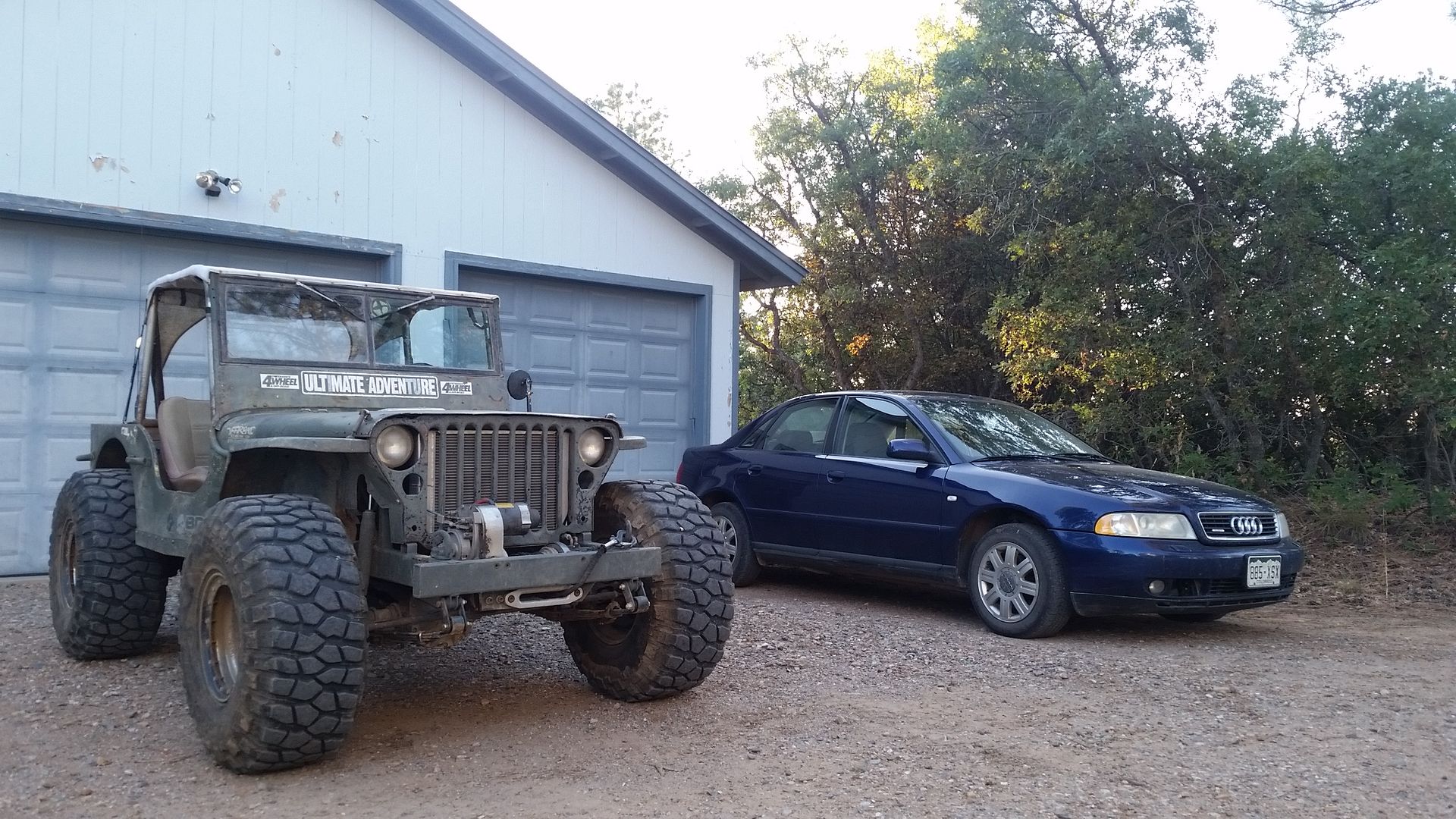Looks pretty obvious to me from this photo that the fairlead was not flush mounted to the bumper along the bottom. This is a design failure, and had nothing to do with the pull, the driver, or anything. It was a stupid setup and was going to break if it was used at all.
The aluminum fairlead, the kind installed there without rollers, is only intended to be a softer edge to prevent cutting your rope as it feeds into the winch. It's also only intended for use with synthetic line, which it appears to probably be set up with, but I can't see the line.
It is not load bearing by itself. It is not designed or intended to take the brunt force of the line or thimble. It's strength comes from having a steel backing, and get pressed into a solid flat surface, not hold it all by itself. It takes a lot of pressure to squeeze aluminum in one spot, but not much at all to break a span of it. If the fairlead sat flush to a steel backing like the upper half does, it would not have broken.
That bumper would require a steel bracketed roller fairlead to work, and even then, it's still not ideal as the winch opening should have a flat support surface behind the fairlead.


